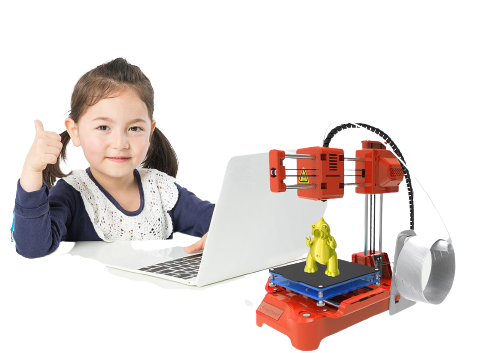STEM & Robotics
STEM stands for science, technology, engineering, and mathematics. STEM is important because it pervades every part of our lives. By exposing students to STEM and giving them opportunities to explore STEM-related concepts, they will develop a passion for it and hopefully pursue a job in a STEM field.
According to the National Science Foundation, “In the 21st century, scientific and technological innovations have become increasingly important as we face the benefits and challenges of both globalization and a knowledge-based economy. To succeed in this new information-based and highly technological society, students need to develop their capabilities in STEM to levels much beyond what was considered acceptable in the past
STEM education provides students with a well-rounded foundation of skills to help them understand a wide range of concepts and thrive in many industries.
IOT
The internet of things, or IoT, is a system of interrelated computing devices, mechanical and digital machines, objects, animals or people that are provided with unique identifiers (UIDs) and the ability to transfer data over a network without requiring human-to-human or human-to-computer interaction.


Robotics
Robotics is an interdisciplinary sector of science and engineering dedicated to the design, construction and use of mechanical robots. Our guide will give you a concrete grasp of robotics, including different types of robots and how they're being applied across industries.
Aeronautics
Aeronautics is the science or art involved with the study, design, and manufacturing of air flight–capable machines, and the techniques of operating aircraft and rockets within the atmosphere.


3D-Printing
3D printing technology is a powerful learning tool that can involve students in active learning, design thinking, and problem solving. It creates opportunities for integrating science, engineering, technology and mathematics with other disciplines.
Bio-Med
Biomedical Engineering, also referred to as Bioengineering, BioMed or BME, is a multidisciplinary STEM field that combines biology and engineering, applying engineering principles and materials to medicine and healthcare.
Automobile
Automobile Engineering, is a multidisciplinary STEM field that combines vehicles and their engineering, applying engineering principles and materials to vehicles and IC Engines.


Electronics
Electronics is the branch of science that deals with the study of flow and control of electrons (electricity) and the study of their behavior and effects in vacuums, gases, and semiconductors, and with devices using such electrons.